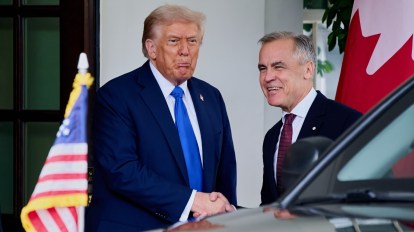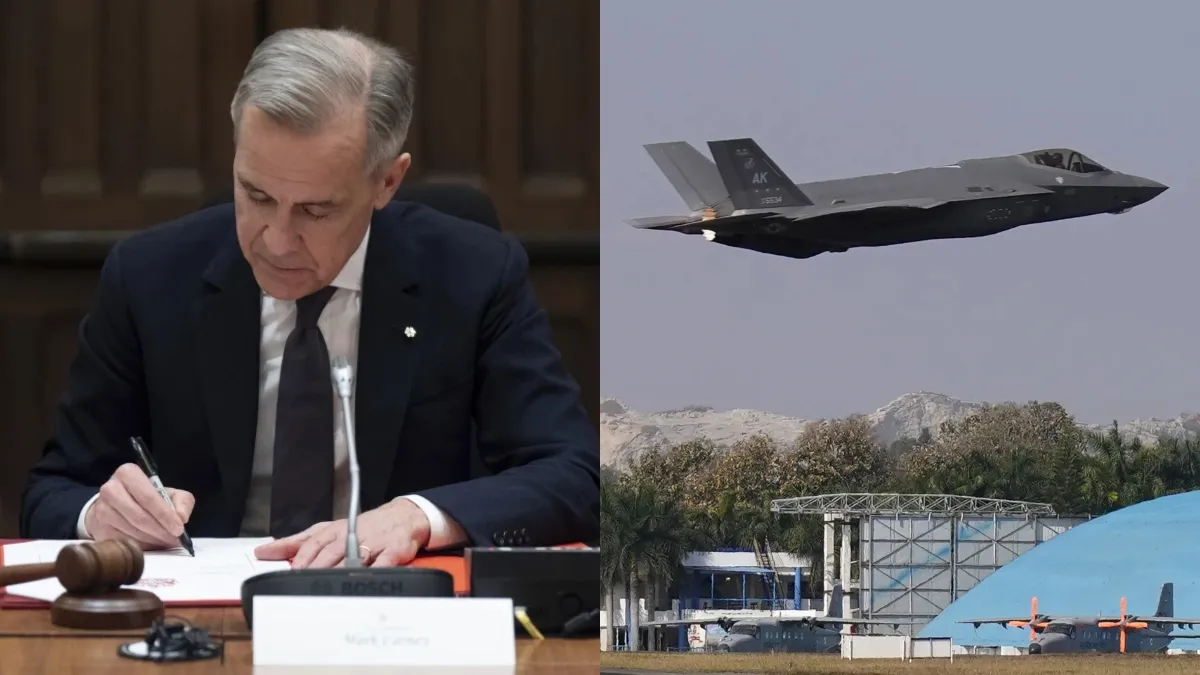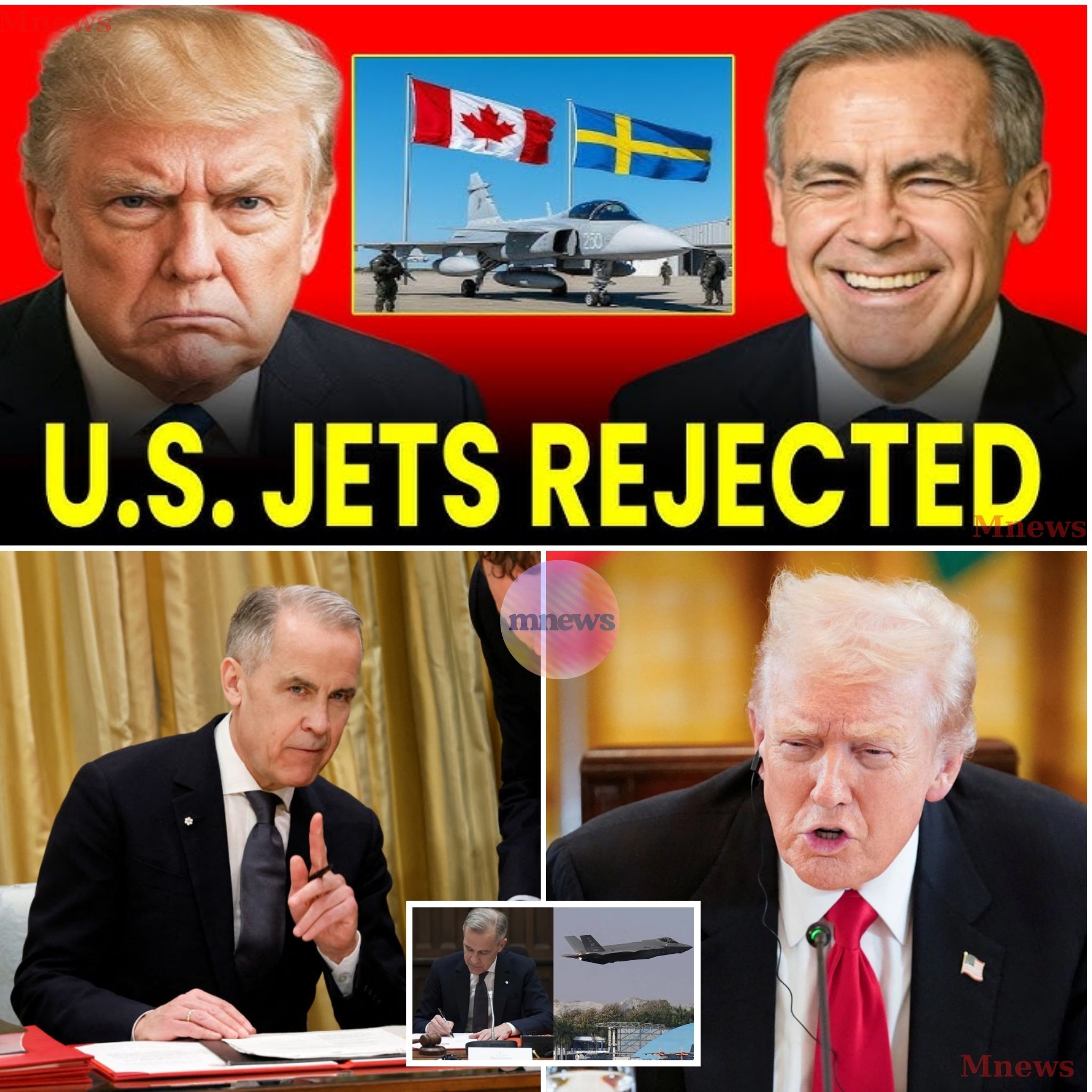In a stunning turn of events, Canada has decided to pause its $17 billion deal for the F-35 fighter jets from the United States, opting instead to review its options, including a compelling offer from Swedish defense manufacturer Saab AB. This decision, announced by Prime Minister Mark Carney, sends shockwaves through the global defense industry and signals a potential shift in Canada’s defense strategy, prioritizing economic benefits for Canadians over longstanding military ties with the U.S.

The F-35 program, which aimed to replace Canada’s aging CF-18 Hornets with 88 advanced stealth fighters, has been fraught with escalating costs and significant risks that could hinder the timely delivery of the aircraft. The Canadian government’s review, initiated in March 2025, aims to reassess not only the financial implications but also the technological and industrial advantages of the deal. This introspection comes at a critical time, as the U.S. has cautioned Canada about the potential fallout of withdrawing from the F-35 program, warning that such a move could jeopardize defense cooperation between the two nations.

The stakes are high. The U.S. has made it clear that it values Canada’s participation in the F-35 network, which is integral to NATO’s collective defense strategy. However, the emergence of Saab’s offer to manufacture Gripen E jets in Canada presents a tantalizing alternative. Saab’s proposal includes a partnership with Canadian firms like Bombardier, promising job creation and economic stimulation—a priority for Prime Minister Carney’s administration. This focus on domestic benefits contrasts sharply with the F-35 deal, which has been criticized for funneling billions to foreign defense contractors.

Defense experts within Canada have begun to advocate for the Gripen as a more sensible choice. The Gripen is not only less expensive but also easier to maintain and has demonstrated reliability in harsh northern climates, akin to Canada’s Arctic conditions. Furthermore, it offers Canada greater autonomy over its air operations, reducing dependence on U.S. maintenance infrastructures that the F-35 relies upon.

This decision is not merely about selecting a fighter jet; it embodies a broader geopolitical narrative. Canada’s historical reliance on U.S. defense technology has come under scrutiny amid rising trade tensions and economic friction between the two countries. By potentially pivoting towards a European defense partnership, Canada signals a desire for greater industrial independence and a re-evaluation of its military alliances.
While the review does not guarantee an immediate shift to Saab’s Gripen jets, it sends a clear message to both Washington and Stockholm: Canada will prioritize its national interests over political expediency. If Canada ultimately chooses to abandon the F-35, it could become the first major NATO ally to do so, reshaping defense alliances and market dynamics for years to come.
As the world closely monitors this developing situation, the implications of Canada’s decision extend beyond mere procurement. It represents a significant shift in defense policy, challenging the traditional dominance of U.S. military technology in Canadian operations. A final decision is anticipated by late 2025, but the ramifications of this review will resonate through the global defense landscape, marking the beginning of a new era in Canada’s military strategy.




